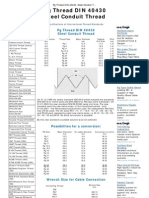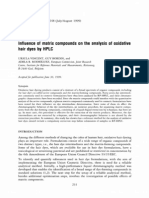100% found this document useful (1 vote)
10K views78 pagesQML Setup With Results
The QML (Quasimodo Level) strategy boasts a 95% win rate and is applicable across various financial markets including forex, stocks, and cryptocurrencies. This guide emphasizes the importance of thorough backtesting and adherence to specific trading rules to maximize effectiveness and minimize risks. It also details the Quasimodo pattern and provides step-by-step instructions for executing both bullish and bearish setups.
Uploaded by
lovelydia124Copyright
© © All Rights Reserved
We take content rights seriously. If you suspect this is your content, claim it here.
Available Formats
Download as PDF, TXT or read online on Scribd
100% found this document useful (1 vote)
10K views78 pagesQML Setup With Results
The QML (Quasimodo Level) strategy boasts a 95% win rate and is applicable across various financial markets including forex, stocks, and cryptocurrencies. This guide emphasizes the importance of thorough backtesting and adherence to specific trading rules to maximize effectiveness and minimize risks. It also details the Quasimodo pattern and provides step-by-step instructions for executing both bullish and bearish setups.
Uploaded by
lovelydia124Copyright
© © All Rights Reserved
We take content rights seriously. If you suspect this is your content, claim it here.
Available Formats
Download as PDF, TXT or read online on Scribd
/ 78

























































































